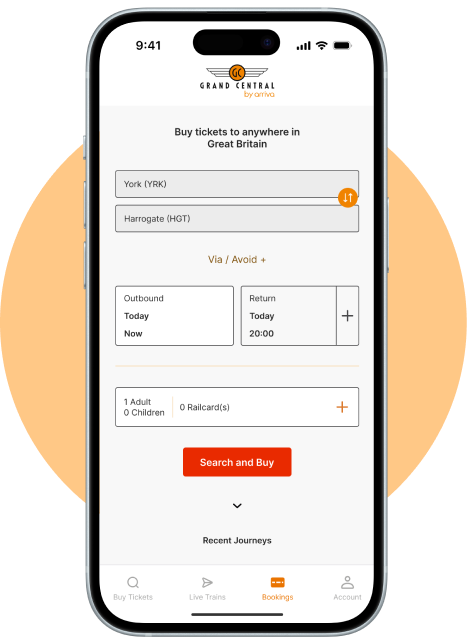A signalling problem that needs to be investigated between Preston Park and Hassocks means trains have to run at reduced speeds. As a result, trains may be delayed by up to 10 minutes or revised.
Delays are expected until 11:00.
Customer Advice
Southern, Thameslink and Gatwick Express services are likely to have delays of around 10 minutes between Preston Park and Hassocks. This affects trains from Brighton or Littlehampton towards London.
Some Gatwick Express trains from London Victoria will finish their journeys at Haywards Heath, instead of continuing to Brighton.
These trains will then start their journeys back to London Victoria from either Haywards Heath or Gatwick Airport, meaning there will be some cancelled departures from Brighton.
This will mean there are fewer trains travelling through the area affected by the signalling issues. We expect this to reduce congestion.
If you were planning to use Gatwick Express services to or from Brighton or Haywards Heath, you can use Thameslink trains instead, at no extra cost. Please leave at least 20 minutes of extra time to use an alternative train. You may also need to change trains to get to your destination.
Planning your journey:
Live departure boards can be found here.
You can view a live map of the network here.
Can you tell me more about this?
We've had a report of a possible problem with the Automatic Warning System (AWS), which is part of the signalling equipment. This provides an audible and visible reminder within train cabs, giving drivers an extra alert about what the signal ahead is showing. This is particularly important when trains are travelling in restricted visibility, such as fog or snowfall, but the system is always active, keeping you safe during your journey.
The AWS equipment on the track comprises an electromagnet which is linked to the signal, and this magnet has two options. In one state, it reflects whether a signal is green, and in the other, it will show that the signal is at a more restrictive colour such as yellow or red, which would mean the driver has to take action to slow down or stop their train. The train has a receiver to read the state of the magnet, and this is then shown by the cab equipment.
Drivers have to acknowledge any warning which is given by this equipment, and if they don't react, the train will be brought to a stop. This adds an extra level of safety protection.
Railway signalling is designed to positively confirm that the track is clear before a train can proceed, and it works on "fail safe" principles. If there's a technical failure, the system should go into a more restrictive state, so that trains can be slowed or stopped in case there is an obstruction ahead. In this case, the AWS equipment has a fault, and this is not happening correctly. As a further line of protection, train drivers will need to stop and get verbal advice before proceeding into the area with the problem. This will cause some delays, but it's a necessary precaution.
Network Rail manage the AWS as part of the overall signalling system and will be investigating where the fault lies. We're working with them to ensure we can run our planned timetable, and we'd like to thank you for your patience during the delays in the area.
We have also been advised that trains are likely to have some further delays due to a fault with a signal in this area. In this case, the signal has been reported to be switching rapidly between different colours and not showing a steady indication to drivers. This means drivers have to stop at the preceding signal and gain verbal instructions to continue. Your journey will unfortunately take longer as a result.
Railway signals are designed to warn drivers that they have to stop because the system can't yet confirm that the route ahead is clear. In most places, the signalling system will show a green light, or aspect, when the track is clear for a long distance ahead, and drivers will then be shown one or two yellow lights to warn them when they are approaching a red signal. This means that they can anticipate the amount of braking that's required to stop before they reach another train or any form of problem on the line. In this case, as the signal isn't reliably showing the necessary indications to drivers, they'll need to take extra safety precautions to travel through the area.
The signalling system is maintained by Network Rail, and we're working closely with them to diagnose the fault and make sure it is fixed as quickly as possible.
Check before you travel:
You can check your journey using the National Rail Enquiries real-time Journey Planner.
âââââââCompensation:
You may be entitled to compensation if you experience a delay in completing your journey today. Please keep your train ticket and make a note of your journey, as both will be required to support any claim.

